GREAT PHOTOGRAPHERS OF THE HISTORY - EUGENE ATGET
Jean Eugène Auguste Atget was born on February 12, 1857 in Libourne (France). His biography tells us that little is known about his life. After being orphaned, he was raised by his grandparents. As a young man, he enlisted as a sailor in merchant ships, arriving to travel to Uruguay.
He settled in Paris in 1878. His artistic vocation is expressed in his interest in theater, consecrating his efforts and his youthful years studying at the National Conservatory of Music and Drama. His failure as an actor makes him lean towards painting, land where luck does not smile.
Around the year 1888 he decided to establish himself as a professional photographer, his experience as a failed painter gives him a "portfolio" of clients to offer his photographs, his images, which he calls "documents for artists".
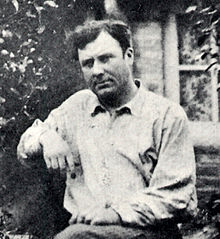
At the door of his house on the Rue de Campagne-Premiere in the Montparnasse district, a plaque announces his work:
"Eugène Atget: documents for artists, landscapes, animals, flowers, monuments, reproductions of engravings, documents, close-ups. Since then he has been providing snapshots to painters of the time, his previous experience as a painter warns him of the opportunity to offer motifs he captures with his camera, he considers them mere documents for artists and not works of art.
The medieval Paris, the abandoned streets, old neighborhoods, gleaming shop windows, interiors, small businesses, street merchants, all are subject to the critical gaze of genius.
Surprise the important production of window works. The shop windows become a sign of development, prosperity and distinction.
A few years before, the World Congress of Photography had established the relationships between diaphragms and exposure times. Atget decides to continue with his old camera and entrusts his photographs to his talent, his experience and probably his personal notes. Despite the progress of the medium and the existence of new and better cameras, it continues to carry its heavy equipment and uses the albumin paper for its development, which gives a distinctive yellow and bright tone to its prints.
Eugene Atget was one of the extraordinary changes that took place in Paris in the late nineteenth and early twentieth centuries.
The industrial revolution, the construction of the new Paris, the Empire of Napoleon III and Baron Haussman and the First World War. His life passed in a hectic, significant, historical stage. The medieval Paris, its streets, its neighborhoods, its walls, its street routines, gave way to a remodeling promoted by Napoleon III and designed by Baron Georges-Eugène Haussman.
The dirt, unsafe streets, unhealthiness, difficulty of transit, the need for renewal of trade in a more industrial and competitive society led to a series of changes in the Parisian physiognomy. Fortunately, the genius of Atget, with his long walks, his trips on the subway and his photographs, would give to future generations with an unparalleled image archive.
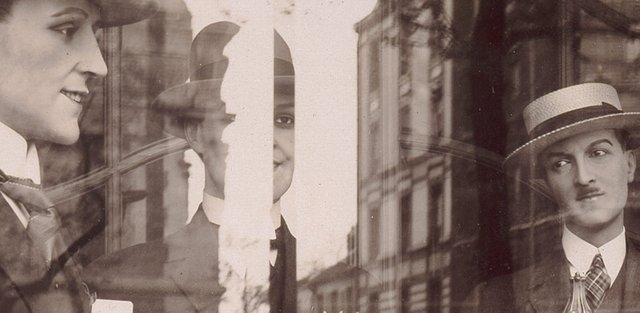
THE ROUTINE OF ATGET
With a bellows chamber with glass plates of 18 x 24 moves through the alleys in the early hours of the morning. This is mainly due to two reasons: on the one hand the light conditions that probably satisfied the needs and tastes of the author; Second, the demands of their clients required clear images, without people.
In his architectural motifs he shows a great vision for perspective and is concerned about the convergence of vertical lines. To avoid it, move the lens and slightly tilt the camera up, this causes slight black edges on the top of some of your photographs. However, Atget is not bothered by the appearance of such defects, his concept of photography is not related to subsequent artistic considerations around his work.
Back in his studio, he counted on the inestimable collaboration of his wife in the process of developing his titanic task.
Throughout his life he collected a huge amount of photographs of old Paris that is interrupted by the arrival of the First World War. Atget interrupts his production and is dedicated to classifying his collections.
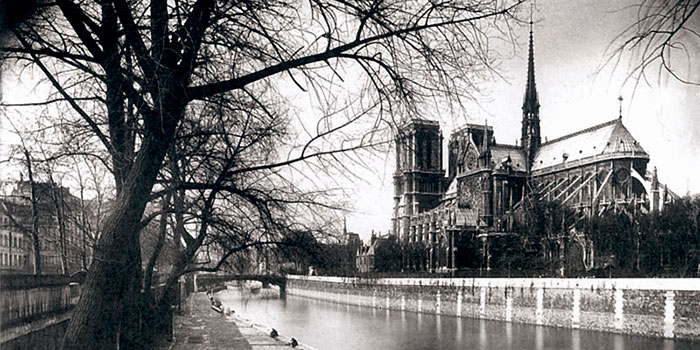
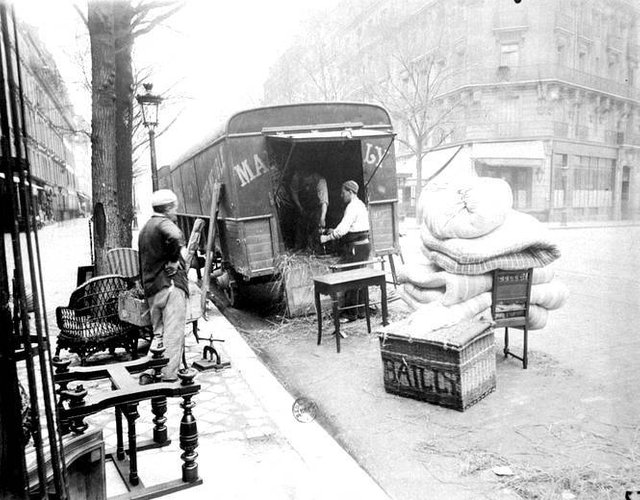
.jpg)
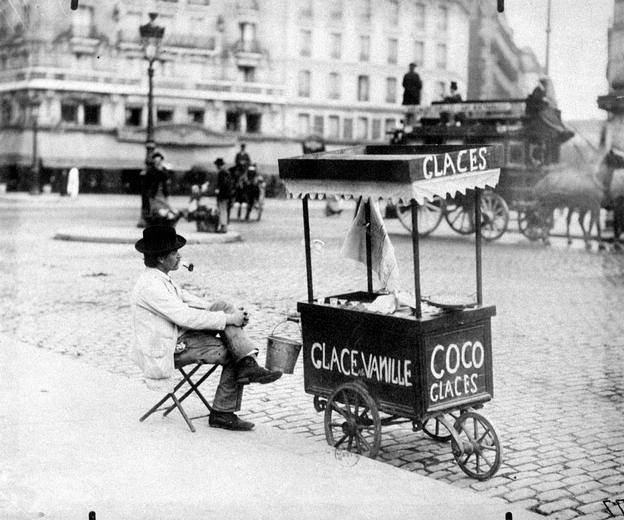
THE LEGACY OF ATGET AND BERENICE ABBOT
Shortly before the death of Atget, an American student sculptor in Berlin and Paris, she is hired as an assistant by photographer Man Ray. Thanks to this one, Abbot discovers fascinated the work of Atget and, finally it gets to know it in 1927.
Atget, a widower from a year before, is deeply disconsolate and despondent but agrees to be portrayed by Abbot who, in the end, makes a series of three portraits that show us a man consumed, lean, sad, with his shoulders slumped and his I walk Shortly after, he dies, apparently of sadness, without being able to appreciate the photographs taken by Berenice. At his death, Abbot acquires about 10,000 negatives and is dedicated to the dissemination of the work of Atget, especially in the United States where he is considered a teacher. It then achieved international recognition even earlier than in its own country.
On August 4, 1927, Eugène Atget dies. In the words of his biographer Jean Leroy: "The day Atget died, Paris was in mourning without knowing it".
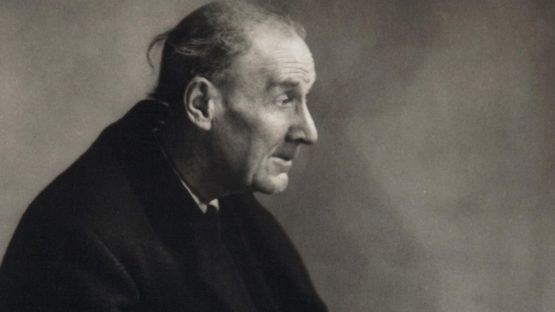
very interesting that story.
Thanks